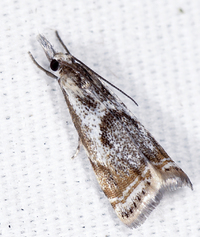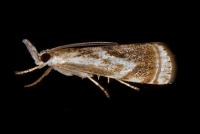
| Recorded by: Marilyn Westphal on 2025-10-14
Henderson Co.
Comment: | 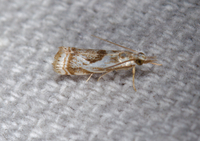
| Recorded by: Jim Petranka on 2025-10-13
Madison Co.
Comment: |
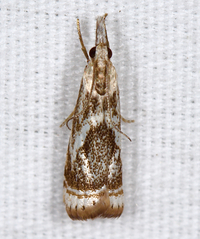
| Recorded by: Jim Petranka on 2025-10-08
Madison Co.
Comment: | 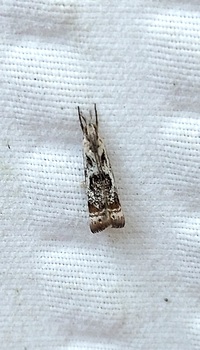
| Recorded by: Mark Basinger on 2025-09-12
Wilson Co.
Comment: |
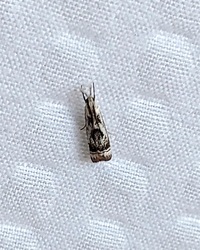
| Recorded by: Mark Basinger on 2025-09-01
Rowan Co.
Comment: | 
| Recorded by: Marilyn Westphal on 2025-08-29
Henderson Co.
Comment: |

| Recorded by: Mark Basinger on 2025-08-23
Brunswick Co.
Comment: | 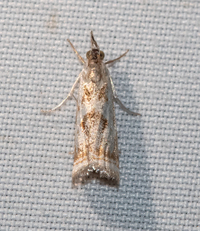
| Recorded by: Emily Stanley on 2025-08-16
Buncombe Co.
Comment: |
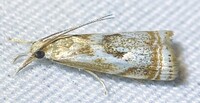
| Recorded by: Dean Furbish, Lior S. Carlson, Randy Emmitt on 2025-08-12
Alamance Co.
Comment: | 
| Recorded by: Mark Basinger on 2025-08-12
Ashe Co.
Comment: |

| Recorded by: Jim Petranka, Becky Elkin and Marilyn Westphal. on 2025-08-09
Henderson Co.
Comment: | 
| Recorded by: Marilyn Westphal on 2025-08-06
Henderson Co.
Comment: |
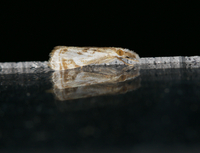
| Recorded by: Jim Petranka, Mark Basinger and Becky Elkin on 2025-08-03
Moore Co.
Comment: | 
| Recorded by: Jim Petranka, Mark Basinger and Becky Elkin on 2025-08-02
Richmond Co.
Comment: |
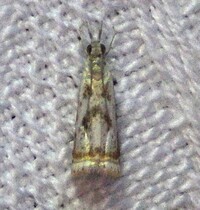
| Recorded by: Ken Kneidel on 2025-08-01
Mecklenburg Co.
Comment: | 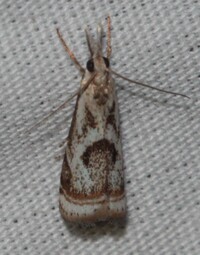
| Recorded by: David George, Dale Morgan, Patrick Coin, Julie Tuttle, Becky Watkins, et al. on 2025-07-26
Orange Co.
Comment: |
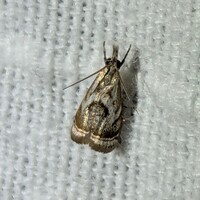
| Recorded by: Melody McMichael on 2025-07-24
Forsyth Co.
Comment: | 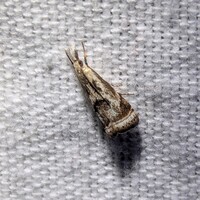
| Recorded by: Melody McMichael on 2025-07-24
Forsyth Co.
Comment: |

| Recorded by: Mark Basinger on 2025-07-23
Brunswick Co.
Comment: | 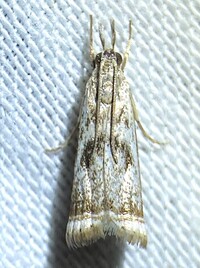
| Recorded by: Dean Furbish on 2025-07-04
Wake Co.
Comment: |
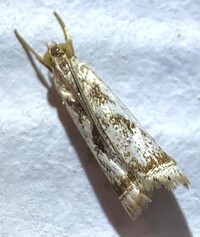
| Recorded by: Dean Furbish on 2025-07-03
Wake Co.
Comment: | 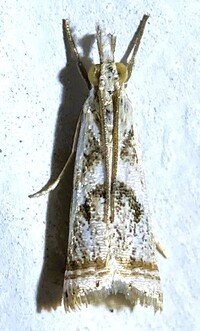
| Recorded by: Dean Furbish on 2025-07-01
Wake Co.
Comment: |
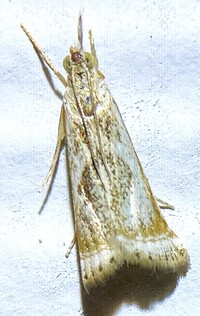
| Recorded by: Dean Furbish on 2025-06-30
Wake Co.
Comment: | 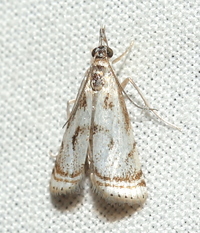
| Recorded by: David George, Patrick Coin on 2025-06-29
Moore Co.
Comment: |

| Recorded by: David George, David Bradley, Becky Watkins, David Cheng, Michelle Lotker, Tracy Feldman, et al. on 2025-06-28
Durham Co.
Comment: | 
| Recorded by: Jim Petranka, Mark Basinger and Becky Elkin on 2025-06-25
Mitchell Co.
Comment: |
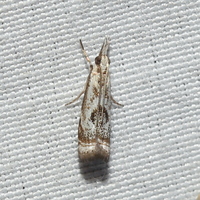
| Recorded by: Jeff Niznik, David George, Larry Chen, Sarah Toner, Joye Zhou on 2025-06-20
Richmond Co.
Comment: | 
| Recorded by: Jeff Niznik, David George, Larry Chen, Sarah Toner, Joye Zhou on 2025-06-20
Richmond Co.
Comment: |
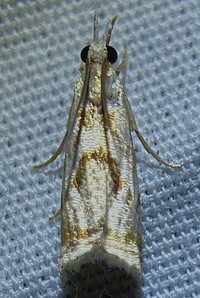
| Recorded by: Dean Furbish, Lior S. Carlson on 2025-06-17
Alamance Co.
Comment: | 
| Recorded by: David George on 2025-06-07
Durham Co.
Comment: |
|

 »
»